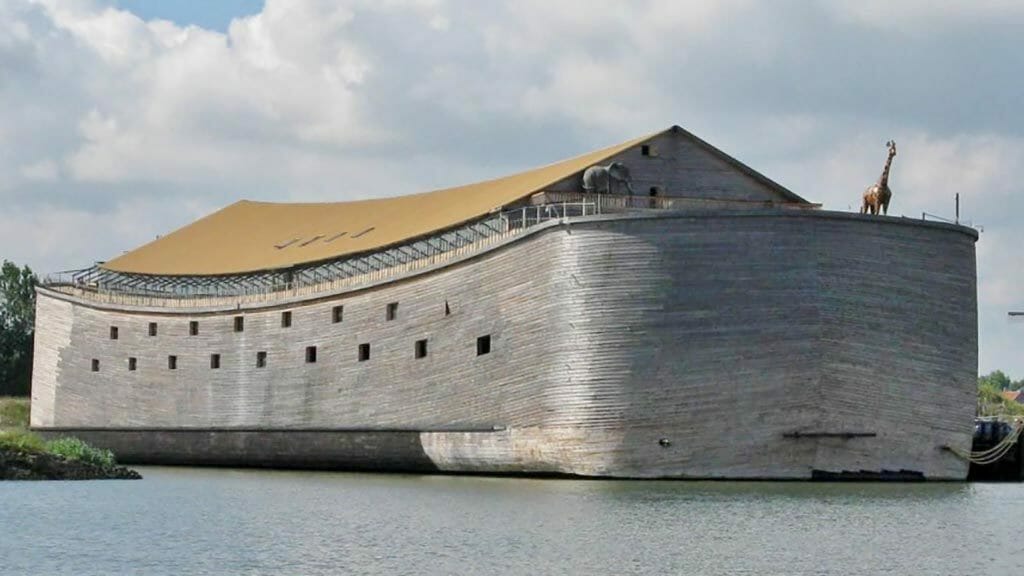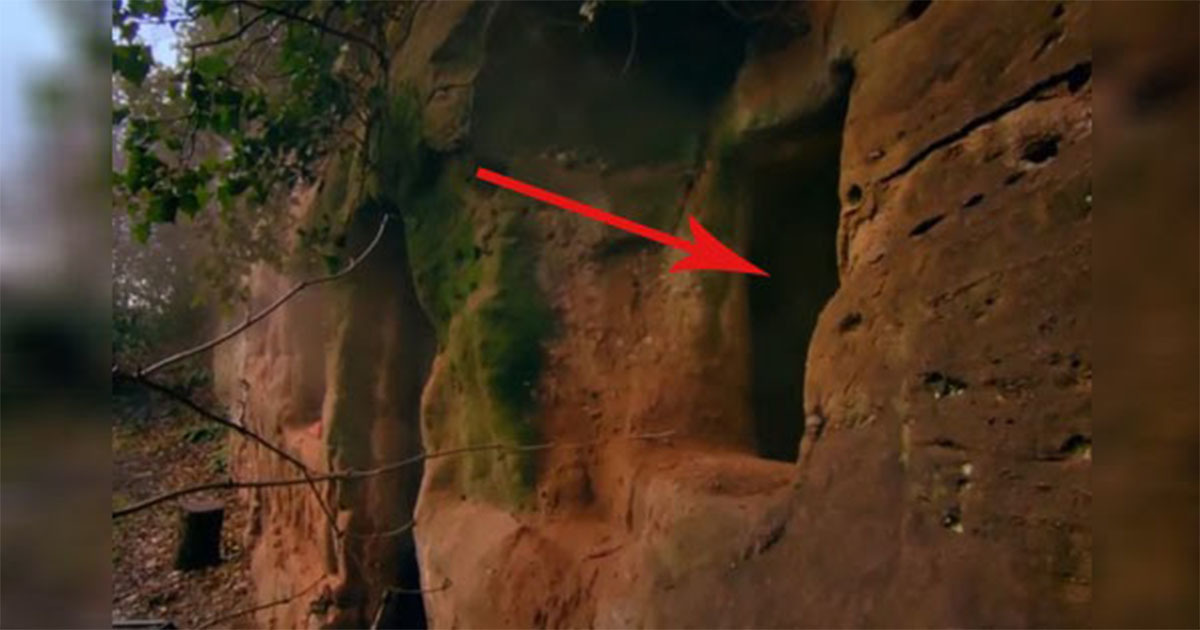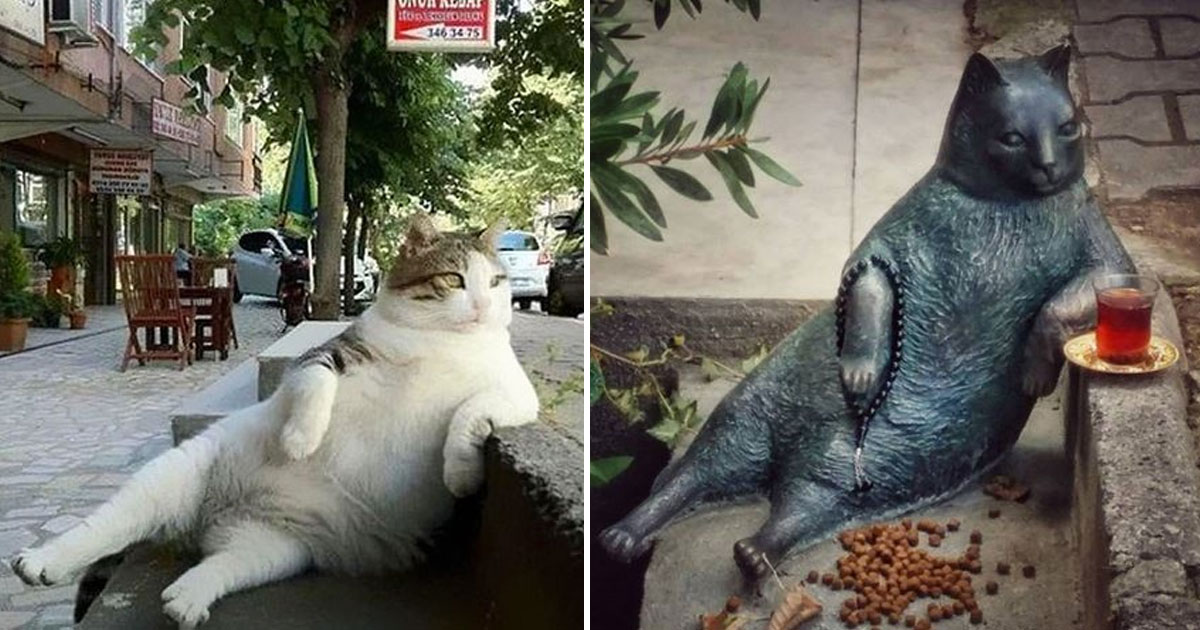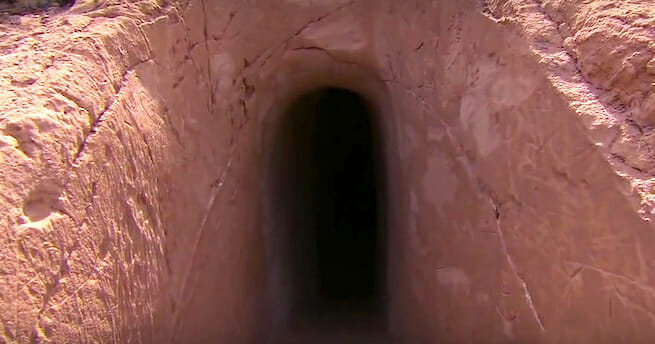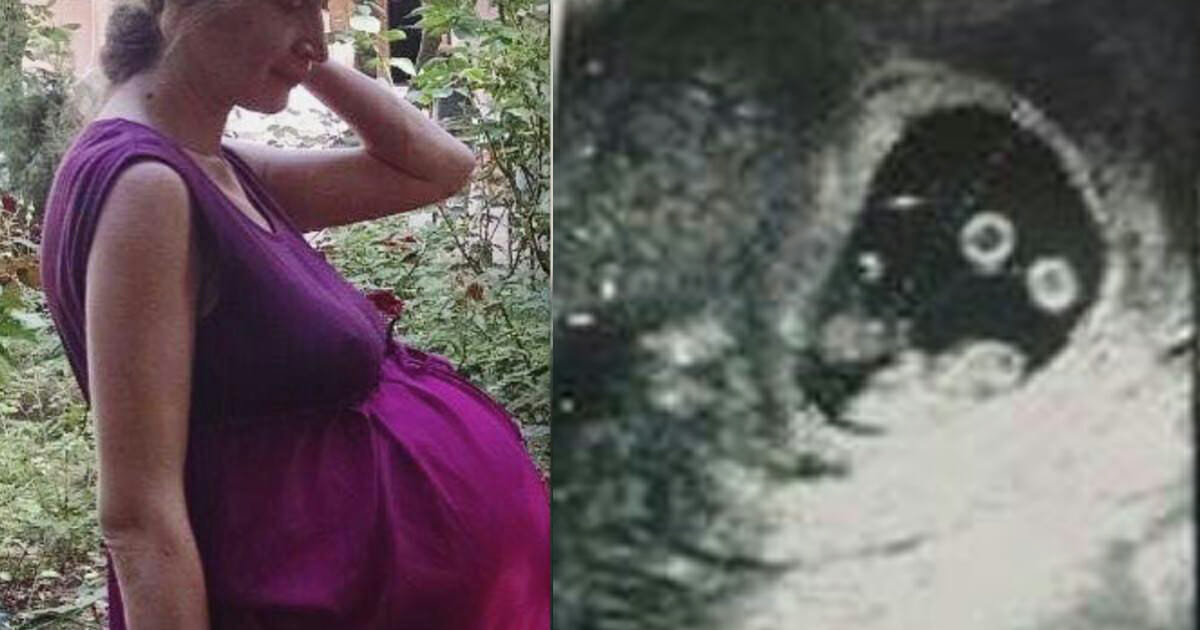He heard cracks on the wall, so he broke it - and discovered an opening to a secret underground city
|
One day, you wake up in your modest two-and-a-half-room apartment - only to discover 70 more rooms. That’s exactly what happened to a Turkish resident who noticed a crack in one of his home’s walls, broke through it, and uncovered a hidden entrance to a secret underground city that once sheltered 50,000 people.
Derinkuyu, located in the tourist-favorite Cappadocia region of Turkey, is the largest excavated underground city in the world. Carved deep into soft volcanic rock, it is considered one of the marvels of ancient engineering and today attracts fans of “dark tourism” from around the globe.
In a bizarre story that unfolded in 1963, a resident of the town of Derinkuyu was renovating his home when he noticed that many of his chickens had mysteriously gone missing. During the renovation, he spotted a small crack in the basement wall and figured the chickens had wandered through it — never to return. Determined to find out where they had gone, he broke down the wall and uncovered the entrance to a vast labyrinth.
His discovery turned out to be the first of over 600 known access points to this underground city, many of which were later found hidden within private homes across the region. The excavations that followed revealed an awe-inspiring network of tunnels and shelters stretching across 18 levels and descending 85 meters (278 feet) below the surface.
According to archaeologists, this vast underground city began as a cave system built as early as 1200 BCE by the Hittites or Phrygians. The region’s soft volcanic rock allowed for relatively easy excavation, while its geological structure helped protect the city from collapse, according to experts from Florida State University.
In later centuries, the Christian inhabitants of the Byzantine Empire significantly expanded the cave systems. According to Discover Cappadocia, at its peak the city could accommodate up to 50,000 people and livestock, and included stables, kitchens, food storage rooms, wine cellars, schools, and even a large cross-shaped church—all hidden underground.
Derinkuyu served as a strategic hiding place during many periods of war and invasion. According to BBC Travel, the city remained in use until the early 20th century, when it was finally abandoned following the Greco-Turkish War. In 1923, as part of a population exchange, many of the local Christians were expelled from their homes and sent to Greece.
The half-ton rock could be rolled into place to close the tunnels in times of invasion.
The ancient planners thought of every detail: doors between the levels were sealed with massive round stones that could only be rolled into place from the inside. In some passageways, small holes were installed through which defenders could attack intruders without opening the way.
More than 50 ventilation shafts pierced the structure, ensuring that those seeking refuge had fresh air to breathe. Animals were kept closer to the surface to avoid the smell of their waste, while many rooms were carefully designed to reduce the risk of smoke or fumes spreading. On the lowest level, natural water reservoirs provided drinking water to the area's inhabitants until 1962—an element that likely gave the site its name, Derinkuyu, meaning "deep well".
This is what it looks like from the inside:
Today, Derinkuyu is one of Turkey’s top "dark tourism" destinations and a major attraction in the famed Cappadocia region. Of the city’s 18 levels, only eight are open to visitors, comprising about 10% of the underground city’s total area.
Tour guides recommend combining a visit to Derinkuyu with other popular experiences in Cappadocia, such as hot air balloon rides or hikes through the nearby Ihlara Valley. According to tourism experts from Past Pathways, Derinkuyu can be reached via regular bus lines from major cities in Turkey, along the Nevşehir–Niğde highway.
For those interested in underground architecture, Derinkuyu was once connected to other subterranean cities through tunnels stretching several kilometers—though only a small portion of these are currently accessible to the public.
The combination of ancient history, brilliant engineering, and a mysterious atmosphere makes Derinkuyu an unforgettable experience. But a small word of warning to visitors: if you suffer from claustrophobia, you might prefer to stay above ground.




